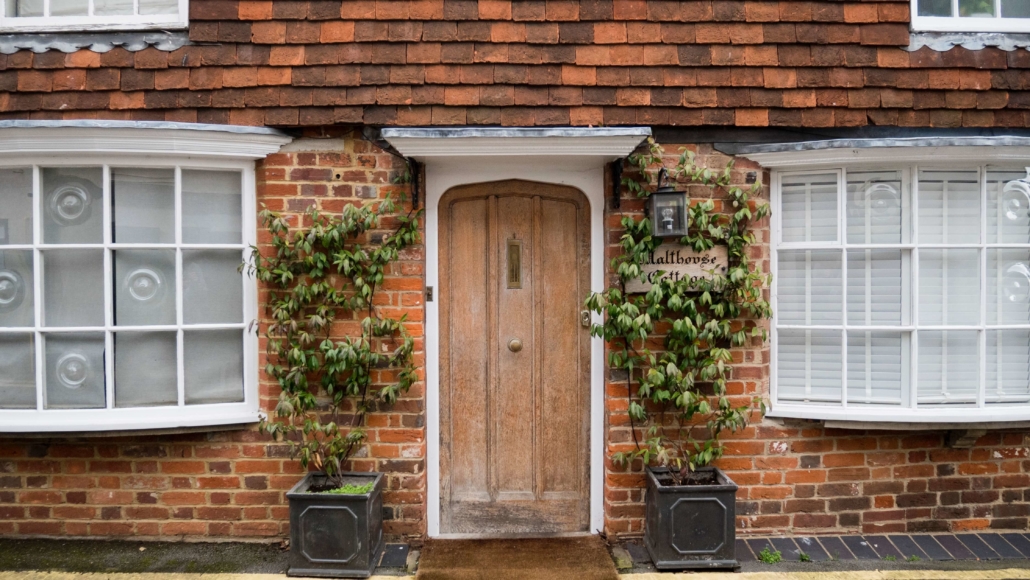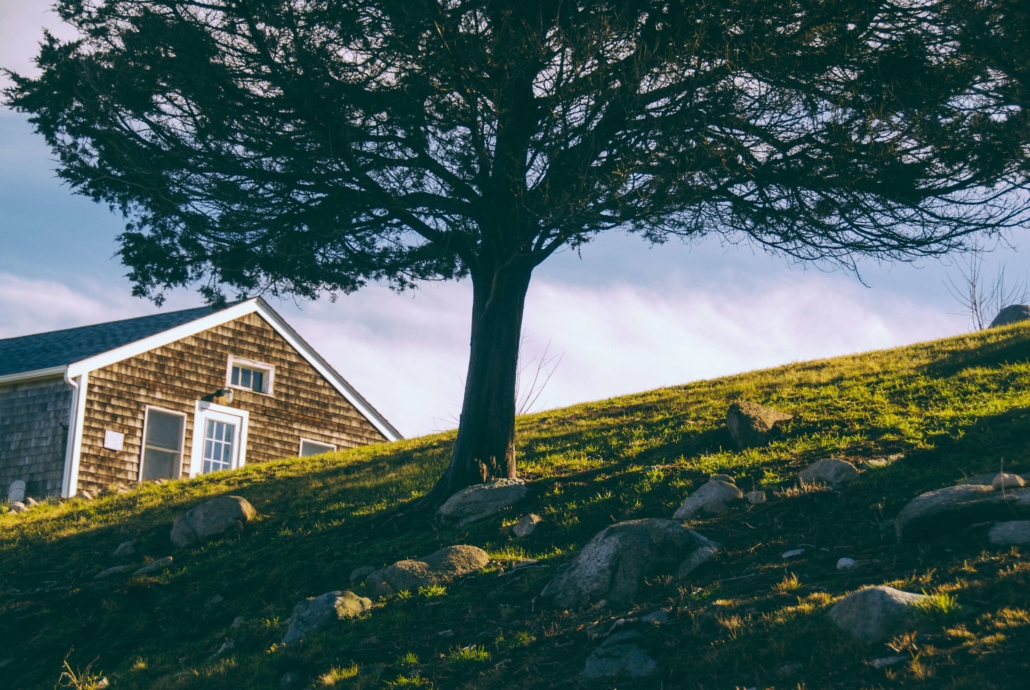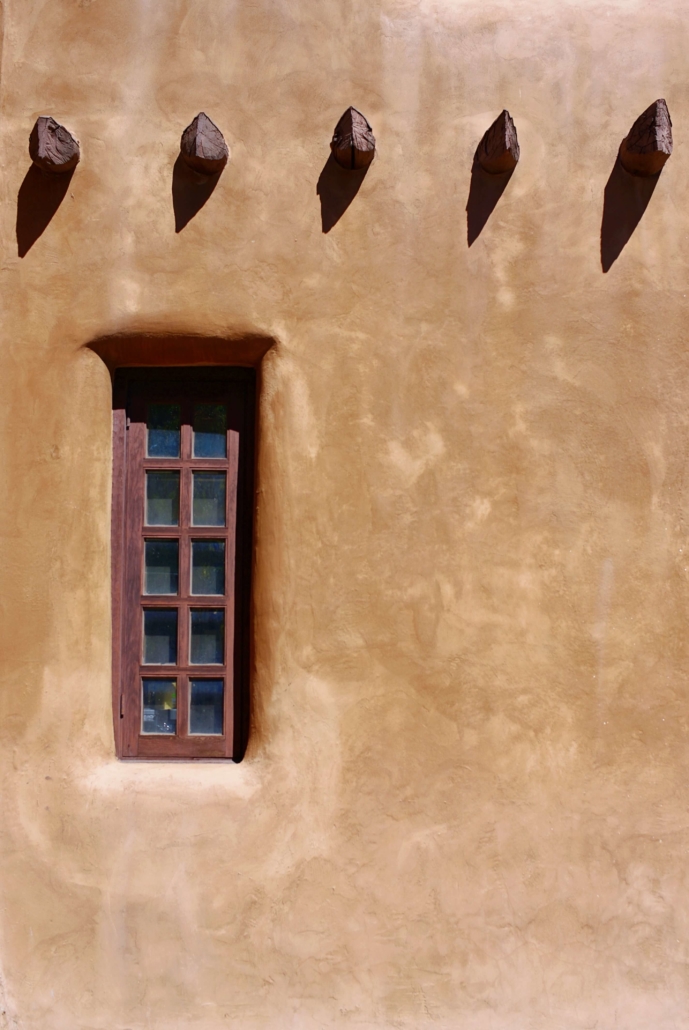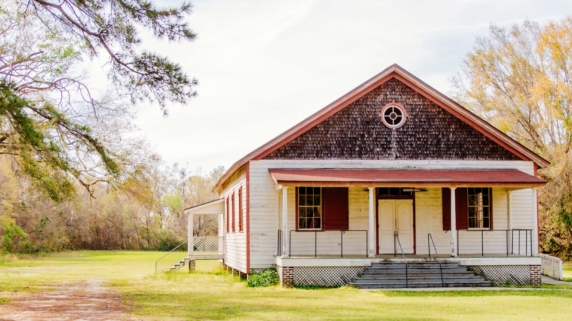Which Home Exterior Is Best?
“Don’t judge a book by its cover” is always good advice, but when it comes to homes, the outside matters quite a bit. Knowing about a home’s exterior is essential information for home buyers and home sellers alike. Read on to learn about the best home exteriors.
Vinyl
Vinyl siding is the most common exterior in the United States. For as durable and versatile as it is, it’s reasonably priced. Plus, there are countless vinyl color options and patterns to choose from, and it doesn’t require painting.
The Cons: While extremely durable, it’s not infallible. If a panel becomes damaged or cracks (such as in extremely cold weather), it can’t be patched up—the whole panel will need replacing.
It should be added that while vinyl can add value to your home’s worth, this isn’t always the case. Homes located in historic districts that are “updated” with vinyl will likely lose value rather than gain.
Composite
Composite siding resembles wood but is actually made from PVC. It’s cheaper than actual cedar siding, and won’t attract critters or rot like wood siding will. People are choosing composite siding more frequently for its beautiful look and curb appeal.
The Cons: It’s considerably more expensive than traditional vinyl siding. Since it’s so new, we don’t have a lot of information on the long-term downsides.
Brick

One of the oldest building materials, brick actually has more than just aesthetic benefits. Brick is made of clay and other natural materials, making it eco-friendly. It also minimizes mold and mildew, and even dust mites—great for people with dust or mold allergies. Plus, brick helps stabilize your home’s temperature and can cut down energy bills.
The Cons: If you live in an area where earthquakes and/or erosion is prevalent, brick doesn’t do a good job of shifting and can mess with your foundation. In extreme climates, temperatures cause brick to expand and contract (another thing you don’t want). Also, while bricks themselves are super durable, the mortar that holds them together is not.
Shake

Made of cedar, shake looks gorgeous and is reminiscent of classic homes on the East coast. Shake is more resistant to insects and rot than other wood shingles.
The Cons: Even though it’s durable, any kind of wood shingle or siding requires a lot more maintenance and upkeep. It might be cheaper to install than some other exterior types, but you’ll pay a lot to ensure it lasts.
Stone Veneer
From woodland cottages to modernized suburban homes, stone adds a wonderfully appealing texture to a home’s exterior. Stone veneer is a synthetic alternative to real stones, meaning it costs less but can still bring the richness you’re looking for.
The Cons: Stone veneer isn’t eco-friendly—it doesn’t come from sustainable sources. A subpar product or poor installation can cause moisture to seep in, among other problems (though this is true for virtually all exterior types).

Adobe
While vinyl siding might be the most common material for a home’s exterior, this answer changes when you travel southwest. Adobe is a temperature-regulating material that withstands the tests of time—one of the oldest structures in the US (the San Miguel Mission, built in the early 17th century) is made of adobe. It’s durable, environmentally friendly, and visually stunning.
The Cons: Adobe doesn’t fare nearly as well in climates with lots of water. While not impossible, adobe will require more maintenance if used in places outside of the desert. Sudden rainstorms in the desert could also pose a threat to this type of exterior.
Metal
Metal siding can make a house look as modern as it looks rustic—it’s surprisingly versatile in its aesthetics. Galvanized steel can be painted with relative ease, and aluminum siding doesn’t rust. Studies show it can have an ROI as high as 86%, making it a definite contender for your home’s exterior. Plus, it’s recyclable!
The Cons: There’s no “foolproof” metal option. Aluminum might not rust, but it can dent super easily (such as from a hail storm or even an errant baseball). Steel is much more durable, but much more prone to rust. Zinc is a newer material for metal siding, but it costs a lot more than aluminum.

Now that you’ve learned about the best and most common home exteriors, put your knowledge to the test! Look through our real estate listings to see what exteriors are out there on the market. Whether you’re looking to find your dream home or sell your existing house, RealtyHive can help. Work with us for a time-limited event today!
- What House to Buy, Based On Your Zodiac Sign - August 28, 2020
- 6 Misunderstood Things About Buying & Selling Houses - August 23, 2020
- 5 Things to Know About 401K Real Estate Investing - August 17, 2020




Leave a Reply
Want to join the discussion?Feel free to contribute!